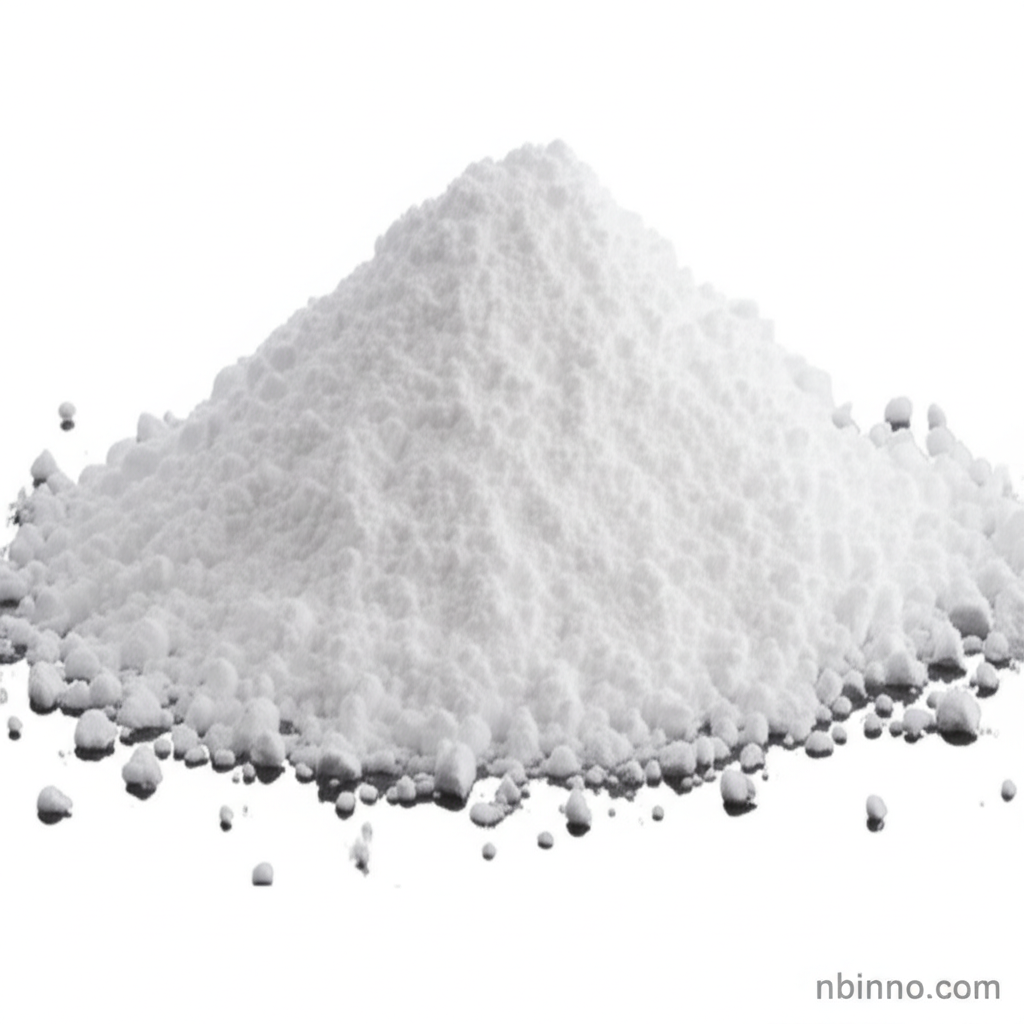Polyethylene Glycol Diamine: Properties, Applications, and Benefits
Discover the versatility and impact of PEG diamine in chemical synthesis and biomedical innovations.
Get a Quote & SampleProduct Core Value

Polyethylene Glycol Diamine
Polyethylene Glycol Diamine, also known as PEG diamine, is a crucial bifunctional polymer with amine end groups. This chemical structure enables its extensive use in various advanced applications, offering enhanced properties and functionalities to modified molecules and materials.
- Explore the wide range of Polyethylene Glycol Diamine applications, from sophisticated peptide modification to advanced protein PEGylation, demonstrating its versatility.
- Leverage PEG diamine in chemical synthesis for creating novel materials with tailored properties, especially within the realm of polymer synthesis additives.
- Understand the critical role of PEG diamine in drug delivery systems, where its biocompatibility and ability to control release kinetics are paramount.
- Discover how PEGylation using PEG diamine can significantly improve the pharmacokinetic profile of biomolecules, enhancing their therapeutic efficacy.
Key Advantages
Enhanced Biocompatibility
The inherent biocompatibility of Polyethylene Glycol Diamine makes it an ideal choice for biomedical applications, minimizing adverse reactions and promoting safe integration with biological systems, crucial for developing new drug delivery systems.
Versatile Crosslinking Capabilities
As a potent crosslinker, PEG diamine is essential for hydrogel formation, providing structural integrity and tunable properties for tissue engineering and advanced biomaterials, a key aspect of hydrogel formation with PEG diamine.
Improved Pharmacological Profiles
The process of PEGylation, facilitated by PEG diamine, significantly enhances the water solubility and circulation half-life of proteins and drugs, a vital improvement for effective therapeutic interventions.
Key Applications
Bioconjugation
PEG diamine is extensively used in bioconjugation, allowing for the precise attachment of PEG chains to biomolecules like peptides and proteins, significantly boosting their performance and stability.
Hydrogel Formation
Its ability to act as a crosslinker makes PEG diamine a fundamental component in the creation of biocompatible hydrogels, essential for applications in tissue engineering and controlled release technologies.
Drug Delivery Systems
The incorporation of PEG diamine into drug delivery vehicles improves drug solubility, stability, and controlled release kinetics, enhancing therapeutic outcomes for a wide range of pharmaceutical applications.
Surface Modification
PEG diamine can be utilized for surface functionalization of various materials, enhancing their biocompatibility and performance in medical implants, biosensors, and other advanced technological devices.
